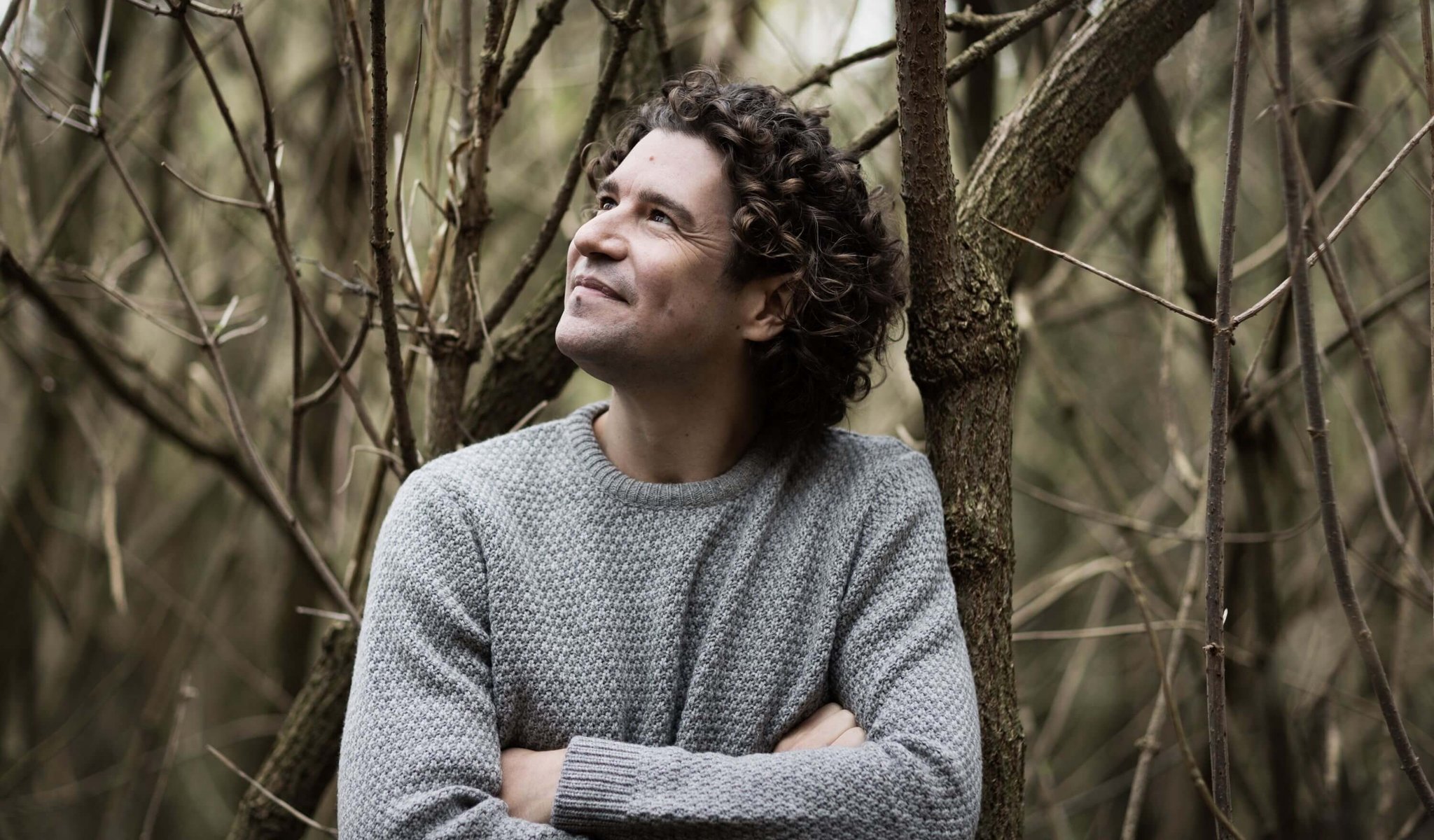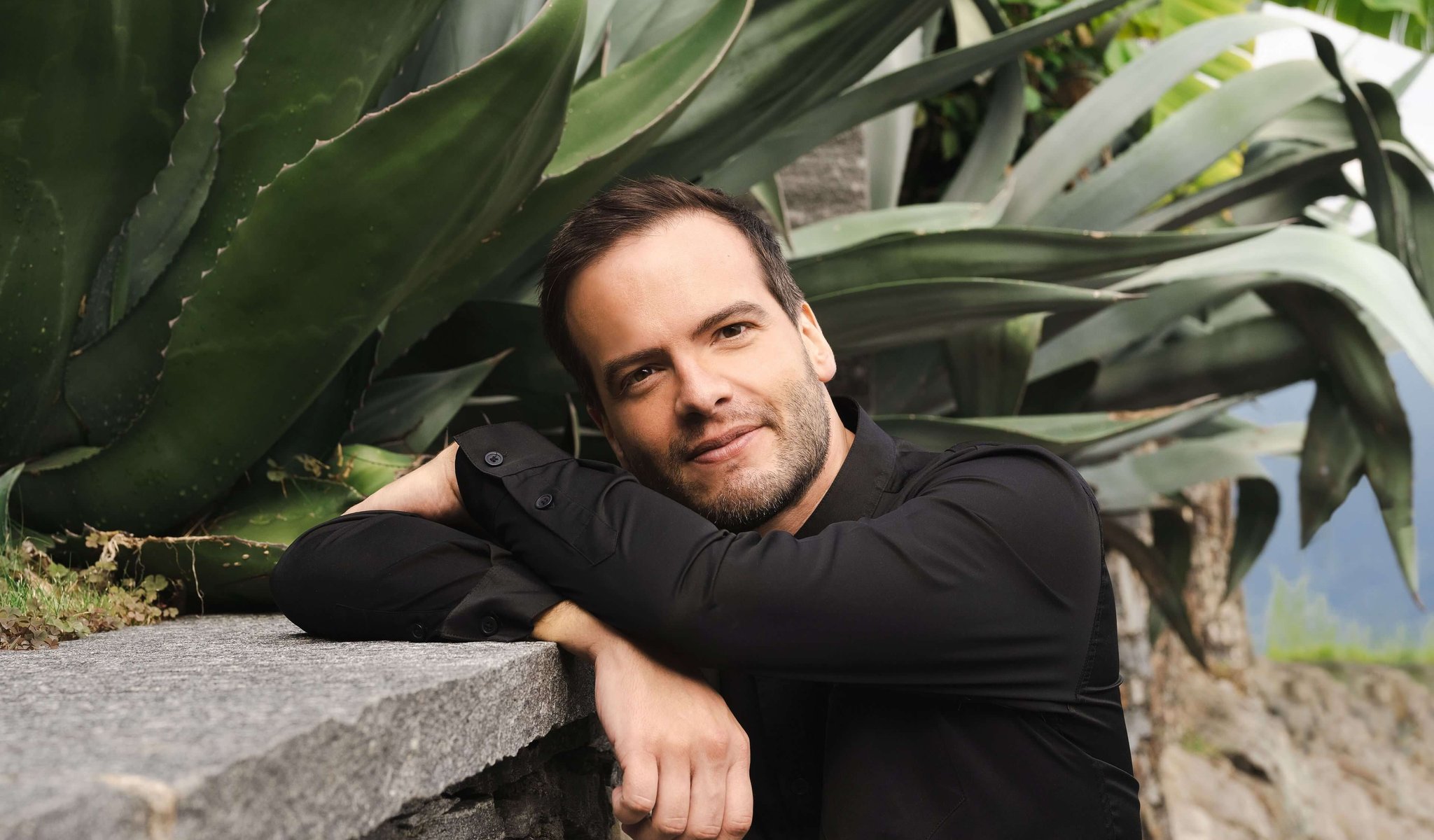

Orchestral concert: Sibelius, Beethoven, Lindberg
Piemontesi, Ticciati
Program
Featuring
Other information
The event is about 2.5 hours long.
About the event
A rarely performed suite, a classical concerto, a tribute to Bach, and the cornerstone of a symphonic oeuvre: Evoking a Nordic air while occasionally stirring flames of passion, is what the concerto offers. The orchestra performs under the baton of BFO’s regular guest conductor, music director of the Deutsches Symphonie-Orchester Berlin and the Glyndebourne Festival Opera, Robin Ticciati. The program is framed by two pieces from Sibelius: the composer’s first theatrical incidental music foreshadows the future world of Symphony No. 1, while Symphony No. 7 stands as the pinnacle of his oeuvre. In between, the orchestra performs contemporary Finnish composer Magnus Lindberg’s chorale parody, and the last piano concerto that Beethoven composed for his own enjoyment. The soloist of the latter is Francesco Piemontesi, who combines “stunning technique with an intellectual capacity that few can match.”
The movements written for the historical play depicting the love story of King Christian II are the earliest examples of Sibelius’ numerous theatrical incidental compositions. The ruler of Denmark, Norway and Sweden never fully trusted the aristocracy, and even had a middle class concubine, the daughter of a Dutch merchant, Dyveke Sigbritsdatter. The plot, culminating in the Stockholm Bloodbath of 1520, inspired Sibelius to compose seven movements, which he later condensed into a five-movement suite in 1898, of which the first movement, the Nocturne opens the program.
Beethoven’s second-to-last piano concerto was a crucial milestone in his life: he lost his hearing not long after the piece was completed and premiered. In contravention of the rules of the period, the concerto begins with a solo piano instead of the usual orchestral overture — a first in the history of music. The second movement is the passionate and tense dialogue of two worlds; Liszt thought that it was a musical representation of the Orpheus story. The finale resolves the often introspective work with a cheerful rondo.
“Lindberg is one-man living proof that the orchestra is not dead,” writes Simon Rattle of the contemporary specialist of orchestral pieces. Esa-Pekka Salonen also holds the work of his compatriot in high esteem: he launched a project with the London-based Philharmonia Orchestra in 2001, where Lindberg’s works were performed alongside the music that inspired the composer. Thus, in 2002, Lindberg’s Chorale preceded Berg’s Violin Concerto, which builds on the same melody as Berg’s finale. The Bach chorale that starts with the words “Es ist genug” appears here with distinctive harmonies and increasingly rich orchestral colors presented as compact variations.
Intended to be a three-movement piece, Sibelius’s Symphony No. 7 ended up being a single movement. It was introduced under the title Fantasia Sinfonica, and was later categorized as a symphony. In 1915, fragments of melodies emerged, and in 1917, the idea was born but the piece was only completed in 1924. Sibelius allowed his musical themes to guide the structural formation of this symphony. The brilliance of the piece lies in the fact that the composer crafted almost imperceptible transitions between the opening section that begins darkly but brightens in its slow burn, the scherzos that dance on the boundary between playfulness and tension, and the triumphant finale.
Did you know? Sibelius’s Suite premiered in Helsinki on February 24, 1898, and his symphony in Stockholm on March 24, 1924 (with the composer conducting both performances); Beethoven’s Piano Concerto was first performed in Vienna on December 22, 1808, with the composer performing the solo; Lindberg’s Chorale premiered in Leicester on February 5, 2002 (conductor: Esa-Pekka Salonen); the Budapest Festival Orchestra most recently performed Beethoven’s piano concerto on August 22, 2022 in Lucerne (soloist: Daniil Trifonov; conductor: Iván Fischer); the orchestra performed Sibelius’s symphony on February 7, 1998 (conductor: Paavo Berglund); this will be the orchestra’s first performance of the other two pieces.
Contemporary events: French painter Henri Matisse painted The Pink Wall in 1898 / The War of the Worlds, a novel by English Writer H. G. Wells, was published in 1898 / In 1898, French composer Ernest Chausson was working on the last movement of his string quartet when he died in an accident; the composition was completed by Vincent d’Indy / German author Thomas Mann published his novel The Magic Mountain in 1924 / In the Soviet Union, Vladimir Ilyich Lenin, the first chairman of the Council of People’s Commissars, died on January 21, 1924 / American composer George Gershwin’s piece Rhapsody in Blue premiered in New York on February 12, 1924, with the composer playing the piano / Austrian composer Johann Nepomuk Hummel wrote his Piano Sonata Op. 38 in 1808 / French painter Jean-Auguste-Dominique Ingres painted The Valpinçon Bather in 1808 / On January 1, 1808 the act adopted by the United States of America the year before to prohibit the importation of slaves entered into force / The premiere of Three Tales, a video opera by the American composer Steve Reich, took place at the Vienna Festival on May 12, 2002